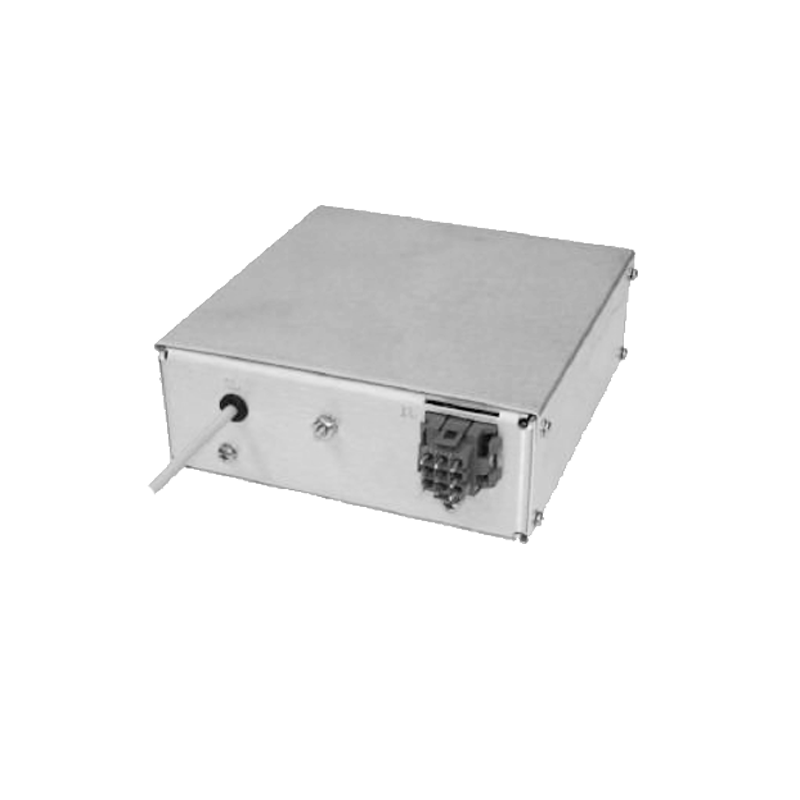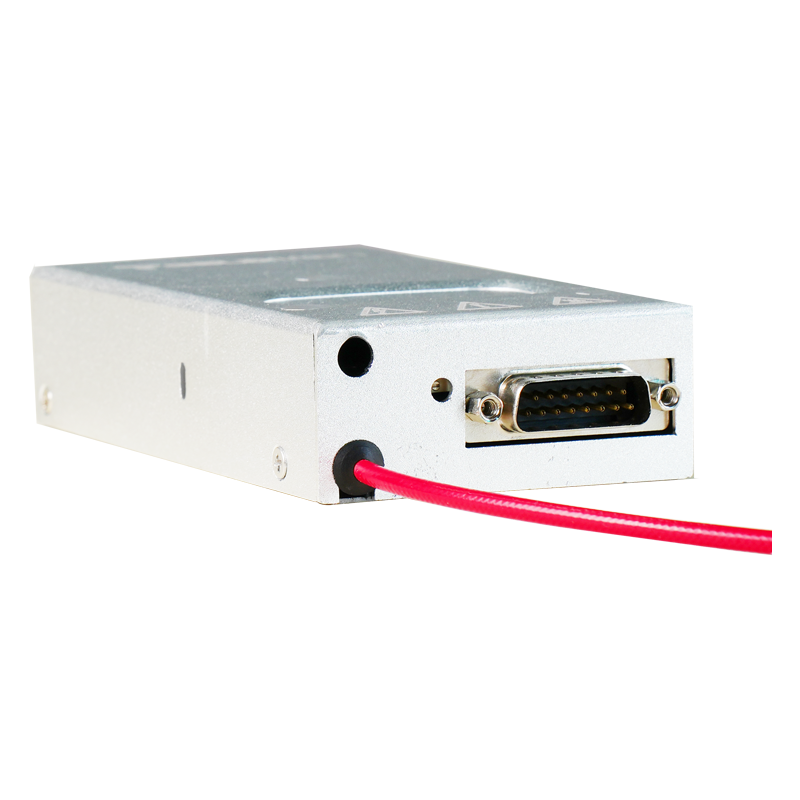Design of Spinning Nozzle for Electrospinning High Voltage Power Supply
Electrospinning, as an important technique for preparing nanofibers, shows broad application prospects in many fields such as materials science, biomedicine, and energy. Among them, the spinning nozzle, as a key component, is closely related to the performance of the high voltage power supply, directly affecting the stability of the electrospinning process and the quality of the fibers.
The structural design of the spinning nozzle plays a decisive role in the electrospinning effect. Common nozzle forms include single needle, multi needle, and needle less nozzles. The single needle nozzle has a simple structure and is easy to control, but its production efficiency is low. To increase the output, the multi needle nozzle has emerged. However, when using a multi needle nozzle, electric field interference is likely to occur between the needles, affecting the uniformity of the fibers. Therefore, when designing a multi needle nozzle, it is necessary to accurately plan the arrangement and spacing of the needles. By optimizing the layout and using electric field simulation software to accurately calculate the electric field distribution around each needle, the electric field can be made as uniform as possible, reducing the mutual interference between the needles and ensuring that each fiber can be formed in a stable electric field environment.
The needle less nozzle is a new type nozzle developed in recent years. Through a special structural design, the spinning solution is continuously ejected from the nozzle surface under the action of a high voltage electric field, greatly improving the production efficiency. For example, in a drum type needle less nozzle, multiple spinning solution outlets are set on the surface of the drum. The rotation of the drum makes the spinning solution form fibers in the electric field. The design of this nozzle needs to cooperate closely with the high voltage power supply, precisely controlling the electric field strength and the rotation speed of the drum to ensure the stability of the electrospinning process and the uniformity of the fiber quality.
The selection of nozzle materials is also an important part of the design. Since the nozzle needs to withstand high voltage and the chemical action of the spinning solution during the electrospinning process, materials with good insulation performance and chemical stability need to be selected. Common materials include stainless steel, ceramics, and polymer polymers. Stainless steel nozzles have high mechanical strength and corrosion resistance, but surface corrosion may occur in a high humidity environment, affecting the electric field distribution. Ceramic nozzles have excellent insulation performance and chemical stability, can effectively resist the erosion of the spinning solution, and ensure the stability of the electric field, but they are difficult to process. Polymer polymer nozzles are lightweight, easy to process and form, and have good insulation performance, but their mechanical strength is relatively low. In actual design, it is necessary to comprehensively consider the various properties of the nozzle materials according to the specific electrospinning process and environmental conditions and select the most suitable material.
In addition, the connection method between the nozzle and the high voltage power supply cannot be ignored. A good connection should ensure good electrical contact, reduce resistance, and avoid electric sparks or voltage drops at the connection site, which may affect the electrospinning process. At the same time, the connection structure should have a certain degree of flexibility to facilitate the stable connection between the nozzle and the high voltage power supply at different working positions and angles.
In conclusion, the design of the spinning nozzle for the electrospinning high voltage power supply is a comprehensive engineering problem. It is necessary to optimize from multiple aspects such as the nozzle structure, material selection, and connection with the high voltage power supply to achieve an efficient and stable electrospinning process and prepare high quality nanofibers to meet the application requirements of different fields.




















